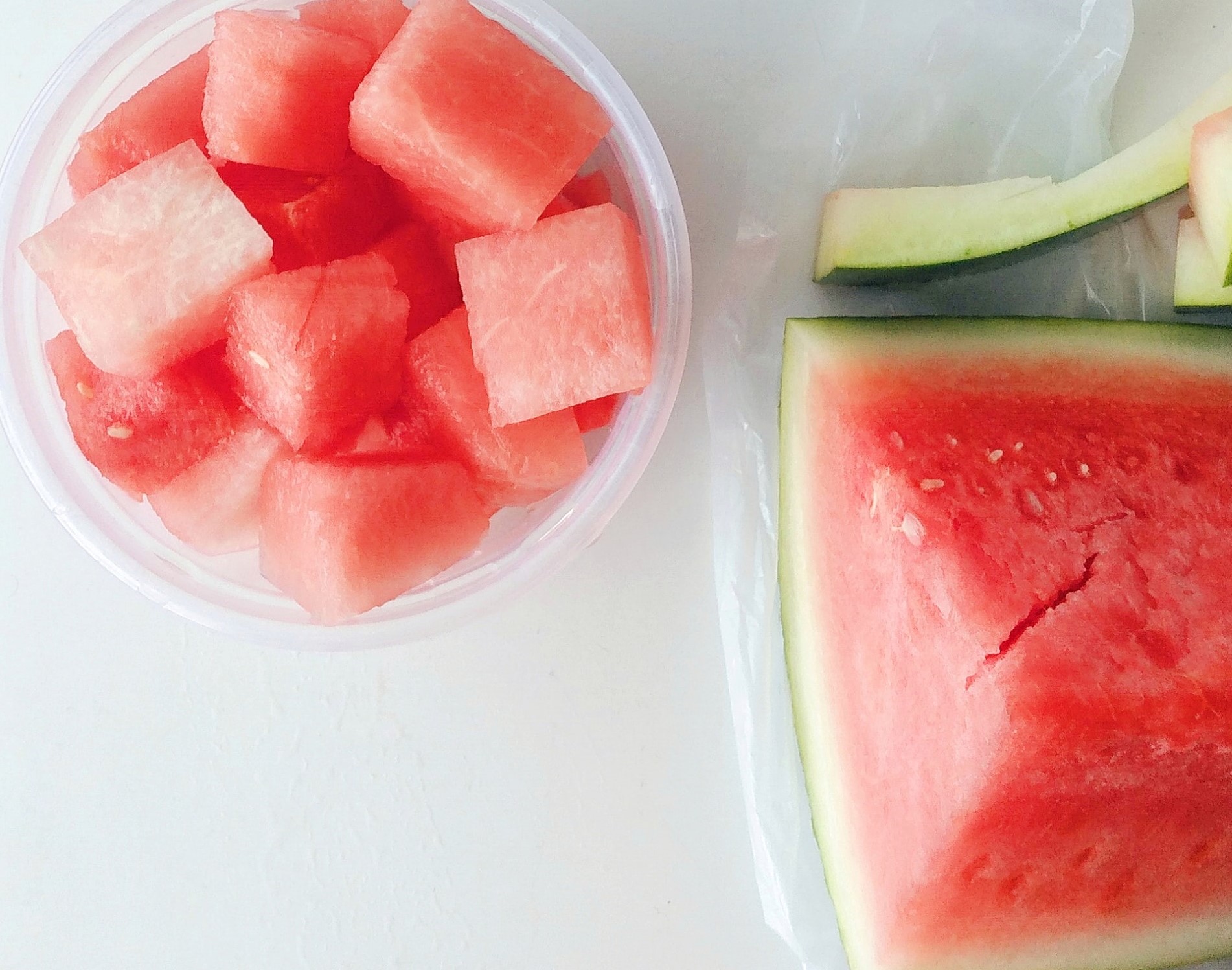Baking represents the most scientific aspect of cooking, where precise chemical reactions determine success or failure. Unlike cooking, where adjustments and improvisations often lead to delicious results, baking demands accuracy in measurement, timing, and technique. Professional bakers understand that consistent results require precision equipment like the scales available at escali-us.com, which provide the accuracy necessary for reliable chemical reactions that define successful baking.
The chemistry of baking involves complex interactions between proteins, starches, fats, and leavening agents that create structure, texture, and flavor. Understanding these scientific principles helps bakers achieve consistent results while troubleshooting problems and developing new recipes.
Chemical Reactions in Baking
Baking involves multiple simultaneous chemical reactions that must occur in precise sequence and proportion. Temperature, timing, and ingredient ratios all affect these reactions and their outcomes.
Maillard Reaction and Browning
The Maillard reaction between amino acids and reducing sugars creates browning and flavor development. This reaction requires specific temperatures and pH levels that depend on precise ingredient ratios and baking conditions.
| Baking Component | Chemical Function | Measurement Precision | Impact of Variation |
|---|---|---|---|
| Flour Proteins | Gluten development, structure | ±2g | Texture, rise, chewiness |
| Leavening Agents | Gas production, lift | ±0.5g | Rise, texture, taste |
| Fats | Tenderization, moisture | ±1g | Texture, shelf life |
| Sugars | Sweetness, browning, moisture | ±2g | Sweetness, color, texture |
| Salt | Flavor enhancement, gluten control | ±0.1g | Taste, dough strength |
Gluten Development and Protein Chemistry
Gluten formation from flour proteins creates the structure that traps gases and creates texture. The amount and type of flour directly affects gluten development and final product characteristics.
Flour Types and Protein Content
Different flour types contain varying protein levels that affect gluten development. Bread flour (12-14% protein) creates strong gluten networks, while cake flour (7-9% protein) produces tender textures.
Leavening Science and Gas Production
Leavening agents create gases that expand during baking, creating lift and texture. Chemical leaveners, biological leaveners, and mechanical leavening each work through different mechanisms requiring precise measurement.
Baking Soda vs Baking Powder
Baking soda requires acid for activation while baking powder contains built-in acid. Understanding these differences enables proper selection and measurement for desired results.
Fat Function and Texture Development
Fats serve multiple functions in baking including tenderization, moisture retention, and flavor development. The type and amount of fat significantly affect final texture and keeping qualities.
Creaming Method and Aeration
Mechanical mixing of fats and sugars incorporates air that contributes to leavening. Proper creaming technique requires specific fat temperatures and mixing times for optimal results.
Sugar Chemistry Beyond Sweetness
Sugars affect moisture retention, browning, texture, and preservation in addition to providing sweetness. Different sugar types behave differently in baking applications.
Crystalline vs Liquid Sugars
Granulated sugars, brown sugars, and liquid sweeteners each contribute different properties to baked goods. Understanding these differences enables ingredient substitutions and recipe modifications.
Hydration and Moisture Balance
Water content affects gluten development, starch gelatinization, and final texture. Precise measurement of liquid ingredients ensures proper hydration and consistent results.
Baker’s Percentage System
Professional bakers use baker’s percentages where flour equals 100% and other ingredients are expressed as percentages of flour weight. This system enables precise scaling and recipe development.
Temperature Control and Heat Transfer
Oven temperatures and baking times must be precisely controlled to achieve desired chemical reactions. Heat transfer affects crust formation, interior cooking, and final texture.
Steam and Crust Development
Steam during early baking creates glossy crusts and affects final texture. Professional techniques manipulate oven humidity for desired crust characteristics.
Fermentation and Yeast Biology
Yeast fermentation produces carbon dioxide and alcohol while developing flavor compounds. Temperature, time, and ingredient ratios all affect fermentation outcomes.
Autolyse and Enzyme Activity
Allowing flour and water to rest before adding other ingredients activates enzymes that improve dough handling and final bread quality.
pH Effects and Acid-Base Reactions
pH levels affect ingredient interactions, browning rates, and leavening effectiveness. Understanding pH helps troubleshoot problems and optimize recipes.
Troubleshooting Through Science
Understanding baking science enables systematic troubleshooting of failed bakes. Analyzing symptoms and understanding chemical principles helps identify problems and solutions.
Common Problems and Scientific Explanations
Dense textures, poor rise, excessive browning, and other common problems usually have scientific explanations related to ingredient ratios, temperatures, or techniques.
Recipe Development and Testing
Systematic recipe development uses scientific principles to create new formulations and improve existing ones. Precise measurement enables reproducible testing and refinement.
Scaling and Proportion Maintenance
Recipe scaling requires understanding how ingredient ratios affect chemical reactions. Some reactions scale linearly while others require adjustments for different batch sizes.
Quality Control in Commercial Baking
Commercial bakeries use scientific principles and precise measurement for quality control and consistency. Understanding these principles helps home bakers achieve professional-level results.
The science of baking reveals why precision measurement is essential for consistent results. Understanding chemical principles empowers bakers to achieve their goals systematically while troubleshooting problems and developing new recipes with confidence.




